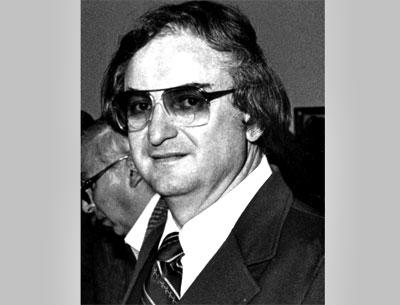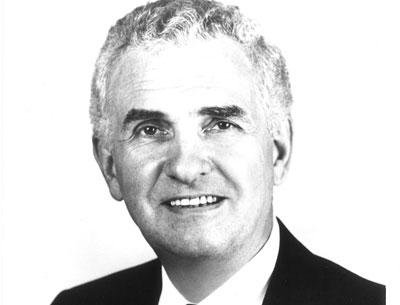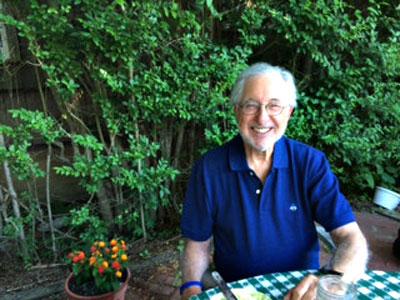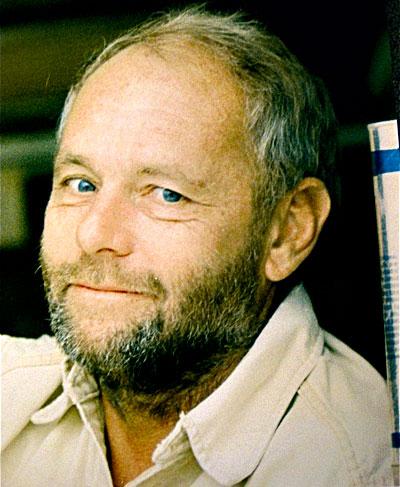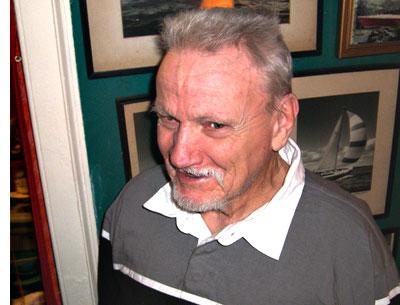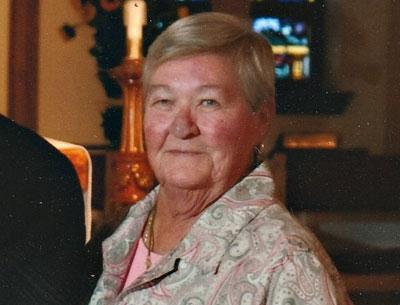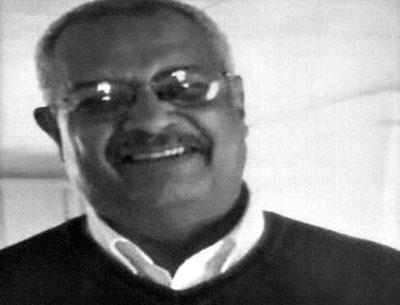Harold M. Wit, 86, Attorney and Banker
Harold M. Wit, 86, Attorney and Banker
Harold Maurice Wit, a lawyer, poet, and longtime resident of East Hampton, died on Dec. 14 at his house in Santa Fe, N.M., after having had several strokes. He was 86.
Mr. Wit was an attorney with the Manhattan firm of Cravath, Swaine & Moore, and was formerly managing director of the investment banking firm Allen & Company. He was also on the board of directors of Toys “R” Us, and M.C.I, a telecommunications company. He had established a lecture series, “Living a Spiritual Life in a Secular World,” at the Harvard Divinity School.
A man of diverse interests, Mr. Wit wrote poetry and published a book of poems, “A Shovel Is to Dig With.” He was known to read a book a day, and several books at once.
In addition to Santa Fe, Mr. Wit split his time between New York City and East Hampton, where he owned a house for 40 years on Cross Highway, to which he added a tower that was controversial. At one time, he headed Watchdogs of the North Fork, an advocacy group to stop commercial development. He also planted specimen trees and acres of wildflowers, and harvested vegetables and honey. He loved riding his red tractor, his family said.
Mr. Wit attended Buckingham Browne and Nichols, a day school in Cambridge, Mass., Harvard University, from which he graduated Phi Beta Kappa, and the Yale Law School, where he was on the Law Review.
He was born in Newton, Mass., on Sept. 6, 1928, to Maurice Wit and the former Martha Basist. He and Phillip, his older brother, grew up in Newton and nearby Brookline, where they were known as Big Moose and Little Moose. During the Korean War, he served as a Navy captain aboard the battleship U.S.S. Iowa.
Described by his family as “an ardent Republican, a loyal American, and a true patriot who deeply loved his country,” Mr. Wit drafted and sent a bill to the Supreme Court that would have given people the right to vote in cities where they owned second homes. His family described him as an eccentric dresser, and said he was an outstanding cook and baker. He will be remembered for his “acerbic wit, sense of fairness, brilliant mind, outspoken opinions, sensitivity, and kindness to others,” they said.
On Sept. 16, 1999, he and the former Susan King were married in Santa Fe. He had been previously married to Louise Untermeyer Frankel, Joan Rosenthal Sovern, and Judith Ginsberg Wit.
In addition to Susan Wit, his wife of 15 years, he is survived by a son, David Wit of Larchmont, N.Y. A daughter, Hannah Wit, died before him, as did his brother. His family listed other primary survivors as Simon, Clare, Simone, and Clark Ginsburg; Greg, Enna, Noah, Kevin, Jennifer, Jake, and Ryan Roggin; Kurt and Jimmy Serrano, and Jesse, Keri, Luke, Ciara, Aibhlin, Rowan, and Nora Ryback.
A graveside service took place yesterday at the Santa Fe National Cemetery, where Mr. Wit was buried. Donations have been suggested to the Santa Fe Animal Shelter and Humane Society 100 Caja Del Rio Road Santa Fe, N.M. 87507.

